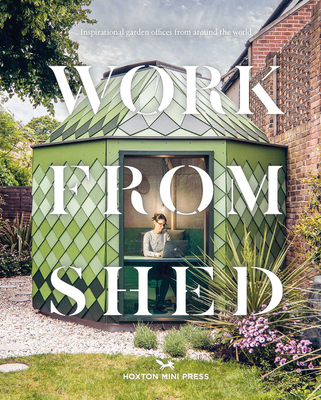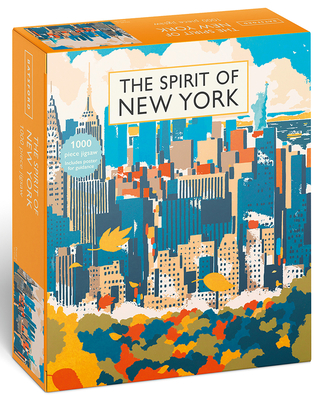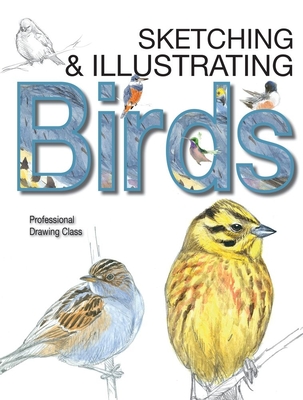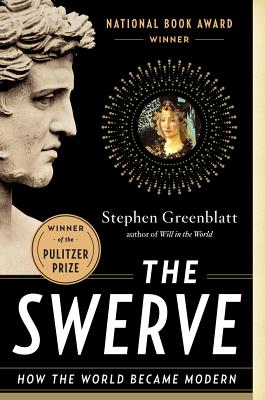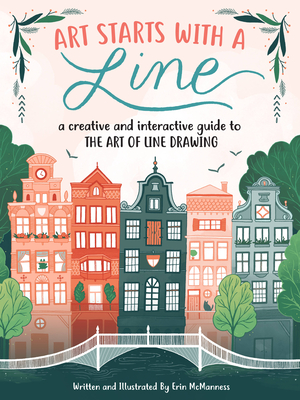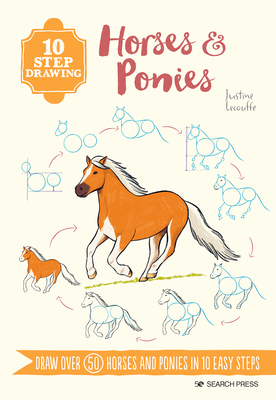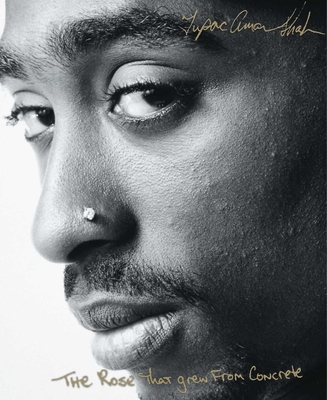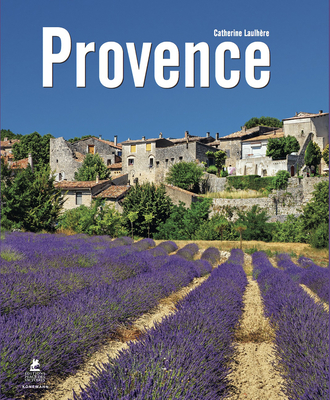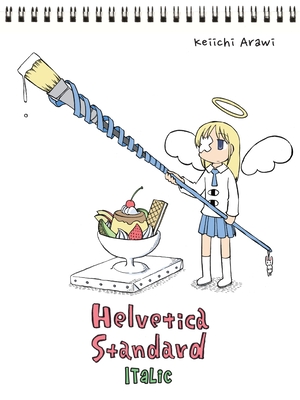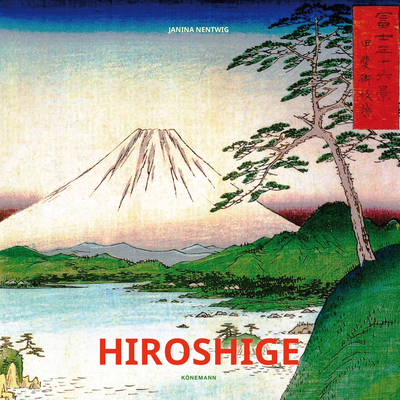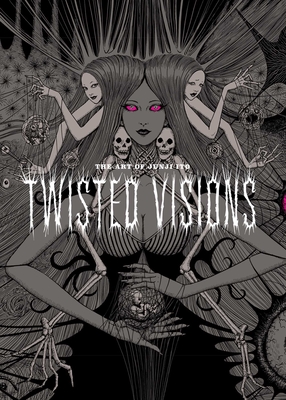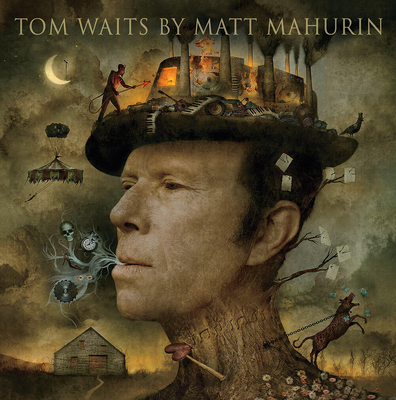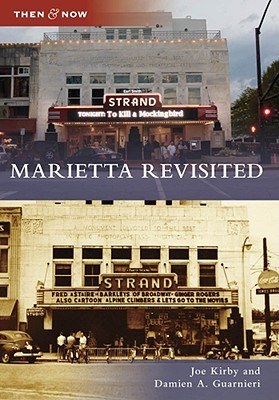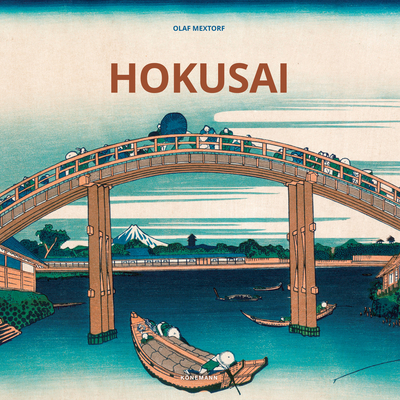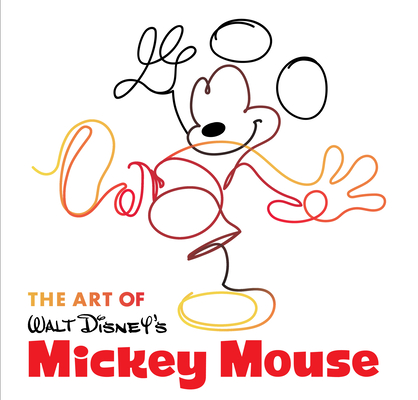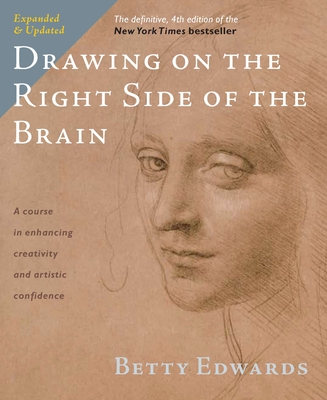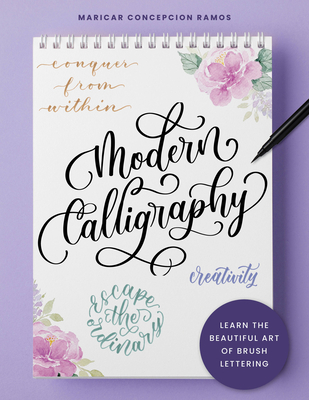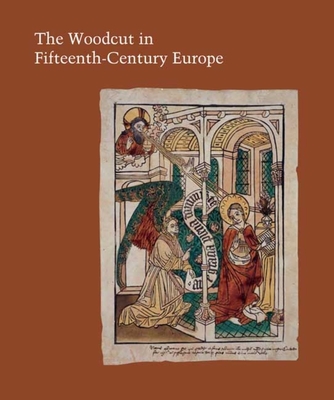
The Woodcut in Fifteenth-Century Europe (Studies in the History of Art Series)
Description
More than a generation before the invention of Gutenberg’s celebrated press, the new technology of image printing emerged. In this book, a distinguished group of scholars treats the earliest manifestations of printing in all aspects: technical experimentation, the complex relation of printed books to printed images, individual and institutional patronage, new iconographies, religious propaganda, and the wide variety of private and public ways in which printed images were first employed.
The essays examine the technological, social, political, religious, personal, and institutional contexts of 15th-century woodcuts and challenge many assumptions about the phenomenon of early printing, including the beginnings of printing on cloth, the significance of monastic production, the development of book printing and book illustration, and the extent to which printing can or should be termed a “revolution.”
Published by the National Gallery of Art, Center for Advanced Study in the Visual Arts / Distributed by Yale University Press
Praise for The Woodcut in Fifteenth-Century Europe (Studies in the History of Art Series)
Winner of the 2010 International Fine Print Dealers Association Book Award
— International Fine Print Dealers Association Book Award
"[A] handsomely produced collection of papers. . . . The fascinations story that emerges in this volume is a much sharpened and enriched version of the standard histories that focused primarily on establishing origins. . . . A healthy and welcome addition to the study of print culture."—Evelyn Lincoln, Zeitschrift fur Kunstgeschichte
— Evelyn Lincoln


